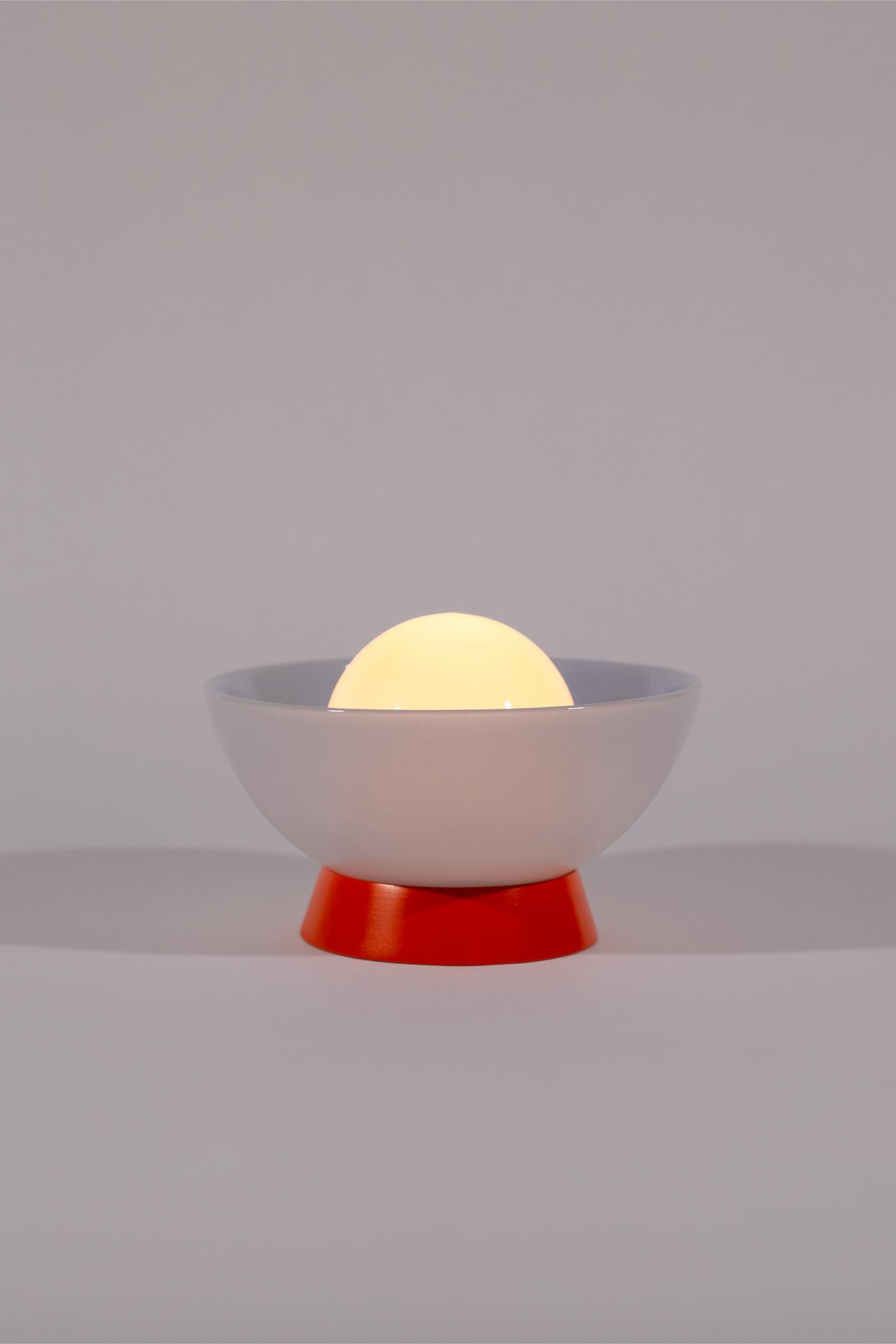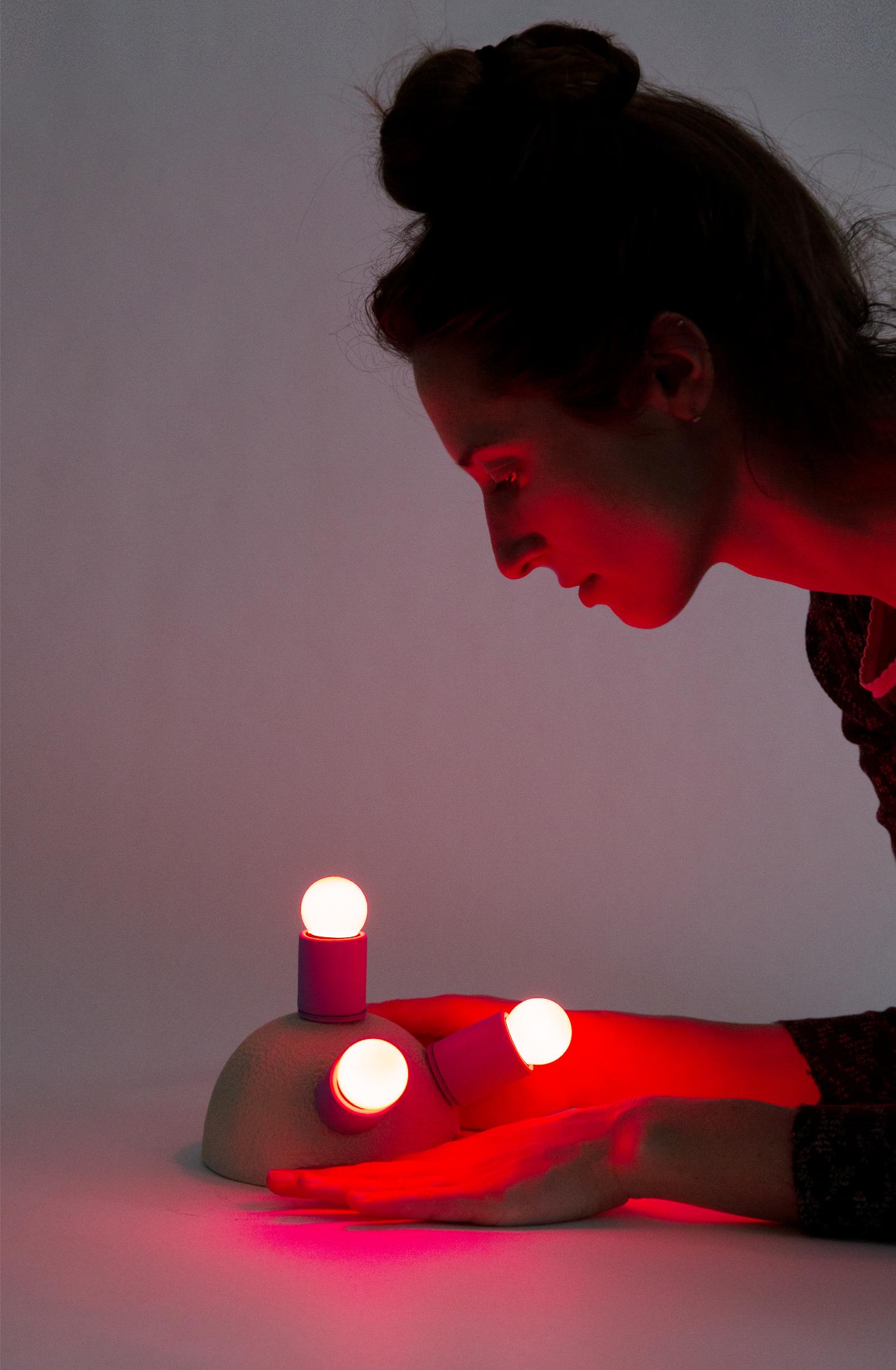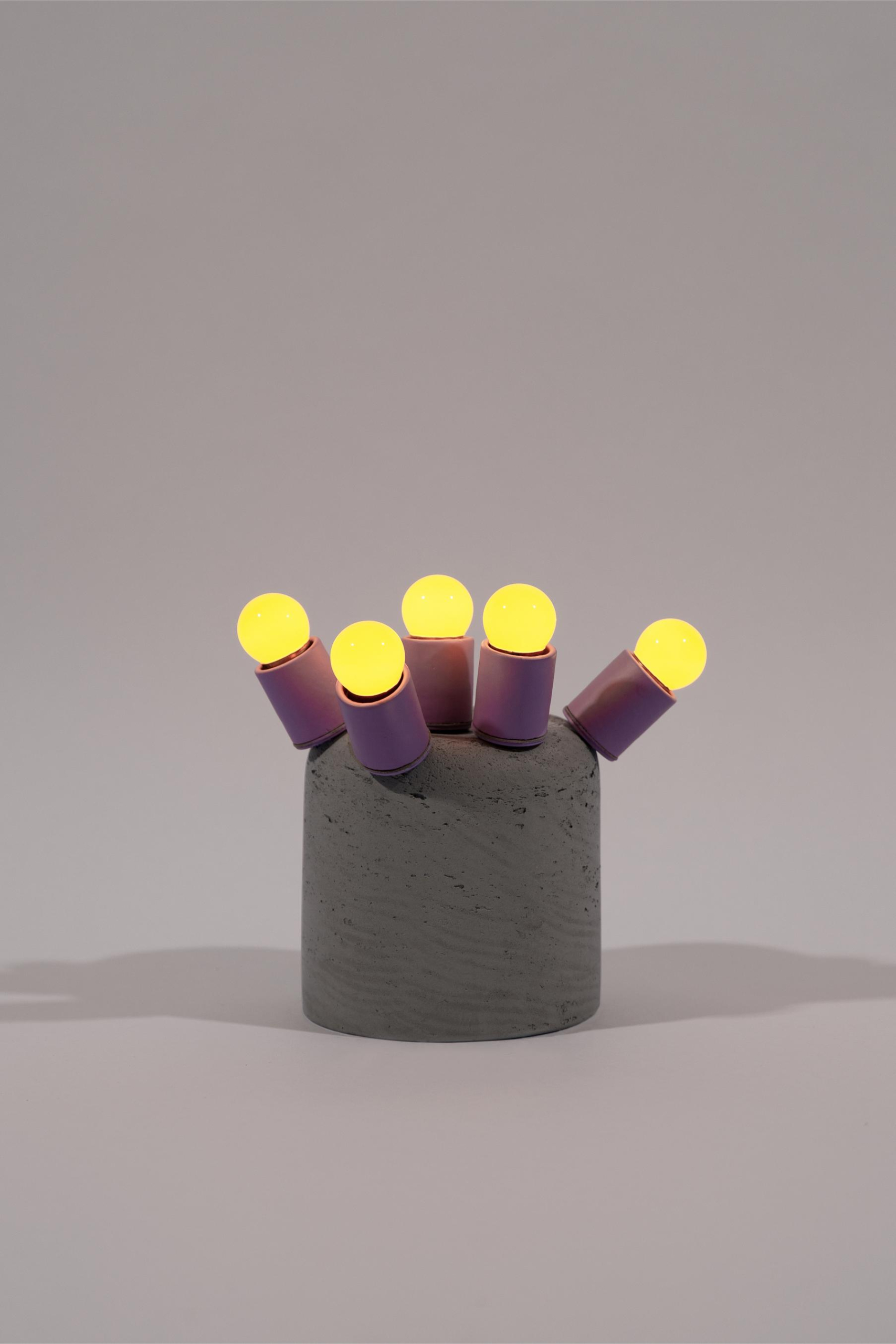Sara Dević: "In order to be surrounded by beauty, perhaps we don't need a new world but a fresh pair of eyes"
Tina Kovačiček
March 1, 2024
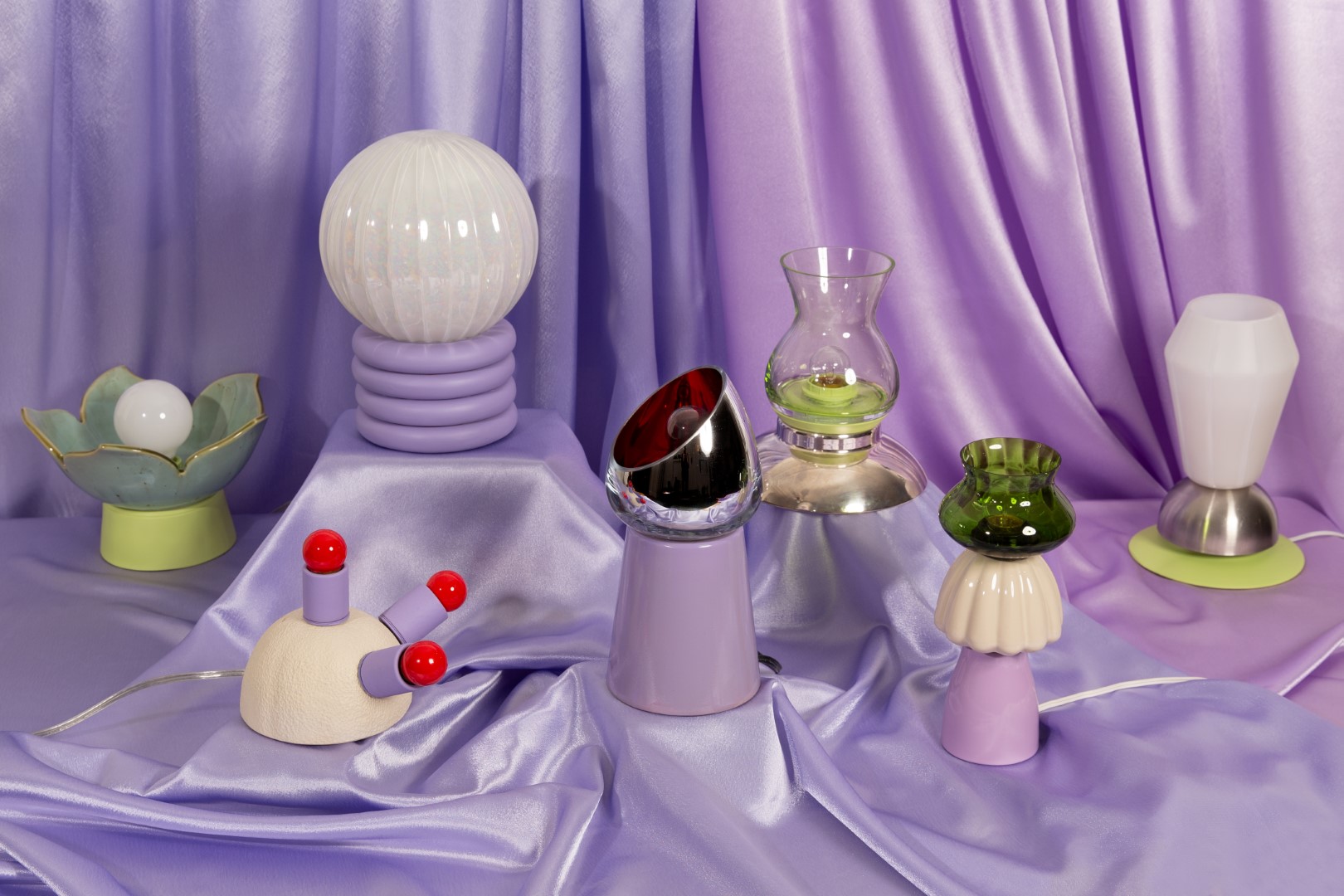
Tina Kovačiček
March 1, 2024
Her lamps dance somewhere on the border between light sculpture, design and the ubiquitous positive attitude towards recycling.
Sara Dević spends her time between Belgrade and New York, where she studied and seems to have decided to stay for a while longer. Her brand Nusprodukt is unique and definitely worth your attention. ln this interview in front of you, Sara shared with us her interesting views on the world and the things she finds in it…
To begin with, tell me more about your design research journey, how did you find yourself in what you do?
During my architecture studies in Belgrade, I spontaneously started assembling lamps to improve the harsh lighting in my room. The biggest breakthrough happened later at the Parsons School of Design, during the urbanism studies, due to round-the-clock access to a workshop on several floors that had all possible machines for all possible materials. So from my education as an architect, I picked up a sense of proportion and construction, and from Parsons I got to know new materials and machines. In this regard, my involvement with lamps or light clusters did not really come through formal education, but rather from a great need for making that was always there, and the faculties helped.
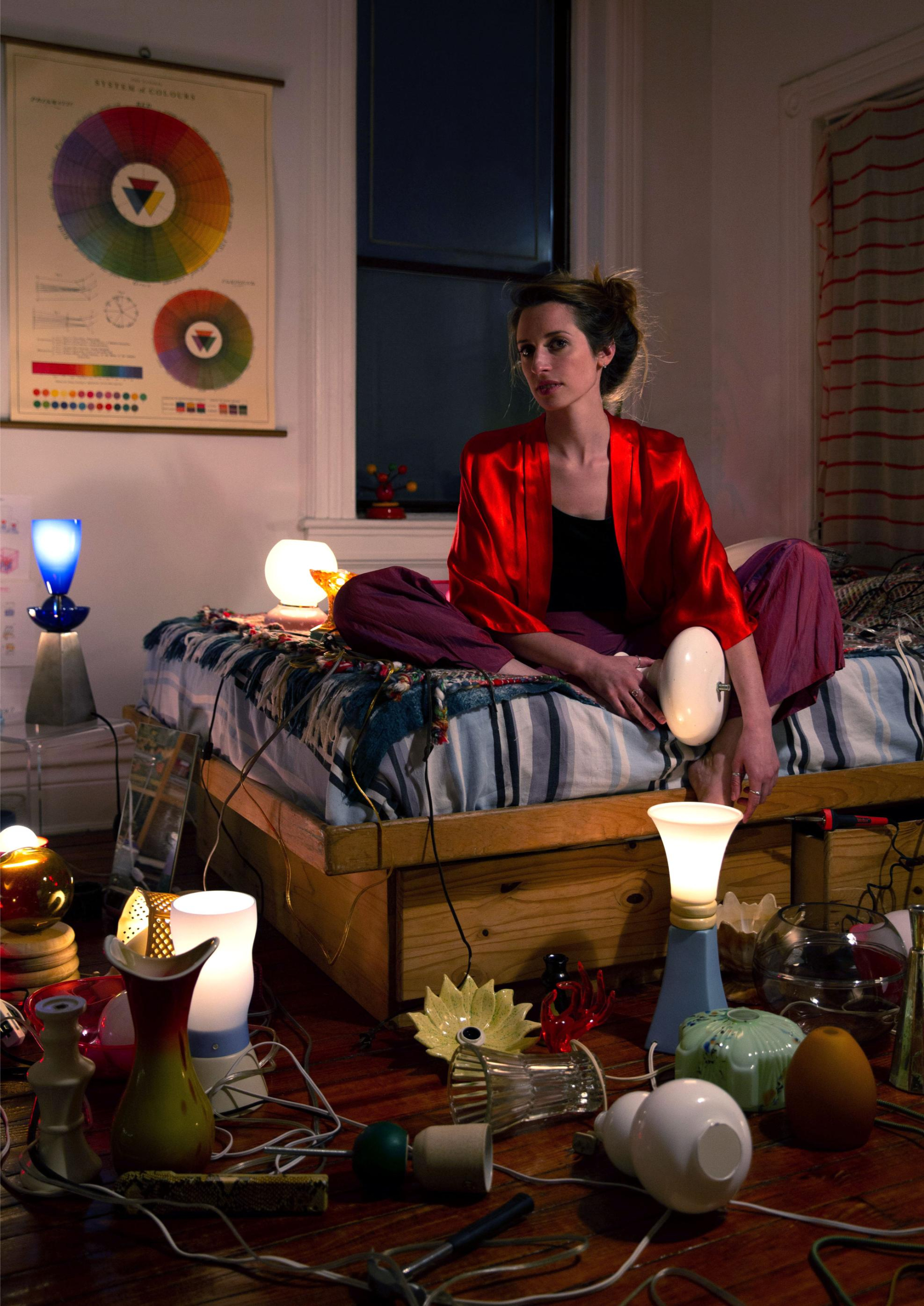
Rather than as artistic or designer, I prefer to see Nusprodukt as a craft practice. In our language words maker and craftsman are not the same – craftsmanship has a much wider meaning than “craft”. Those words give primacy to the skill of making, while an artist or designer can also be someone who can design an object but not make it. There is a lot of romanticization and nostalgia surrounding the craft, because industrial production made it obsolete and outdated a long time ago. Nowadays, it is so rare to wear shoes that are the only ones in the world and whose every element has been carefully thought out and put together with great skill. That process is so exhausting, and precisely because of that, top craftsmanship is almost only found in high-end production today. What attracts me to craftsmanship is the closeness to the product of my own work. The product of your effort and time is not something that goes into the clouds, that is abstract, but something that you can see, touch, and use.
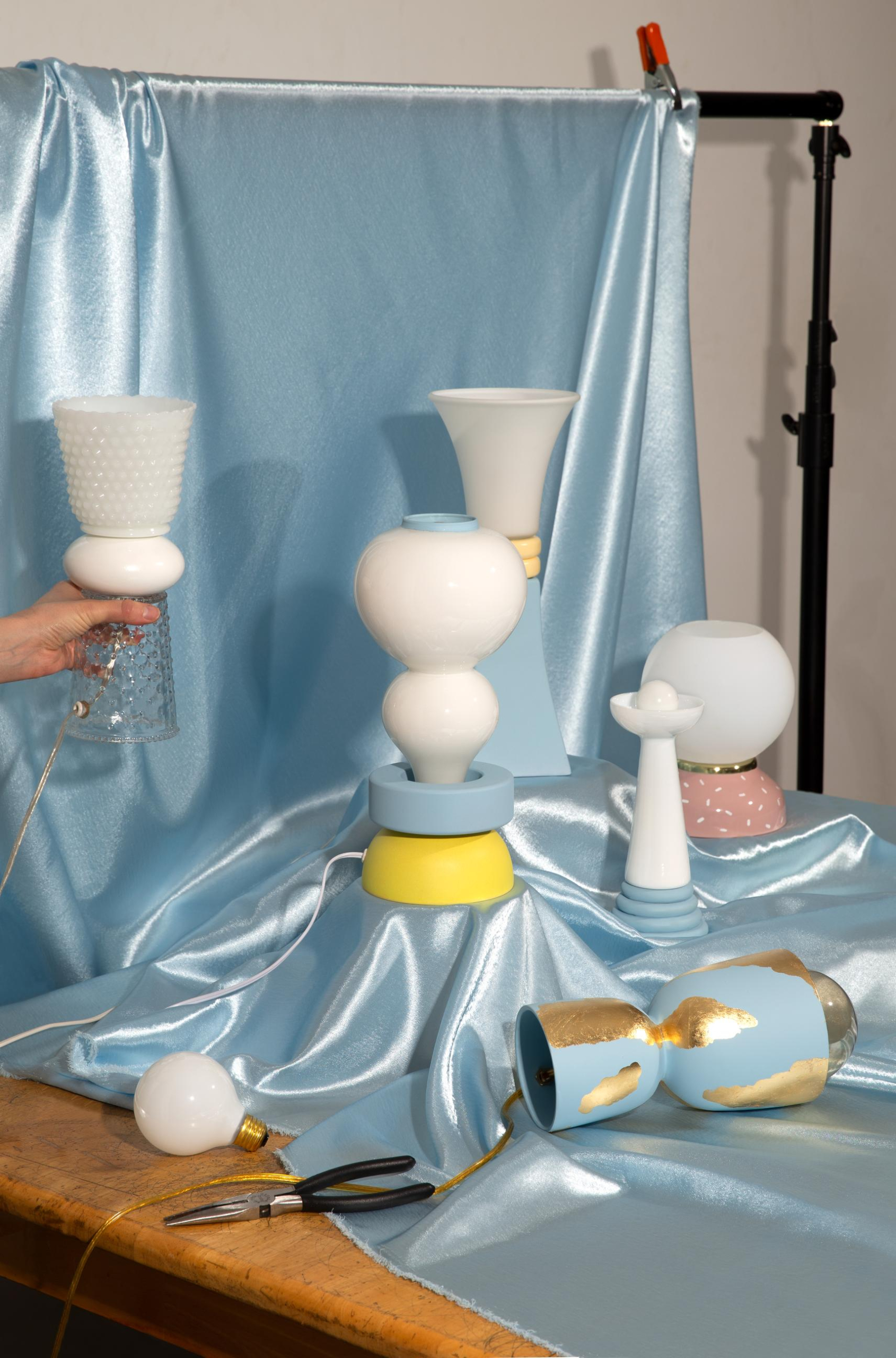
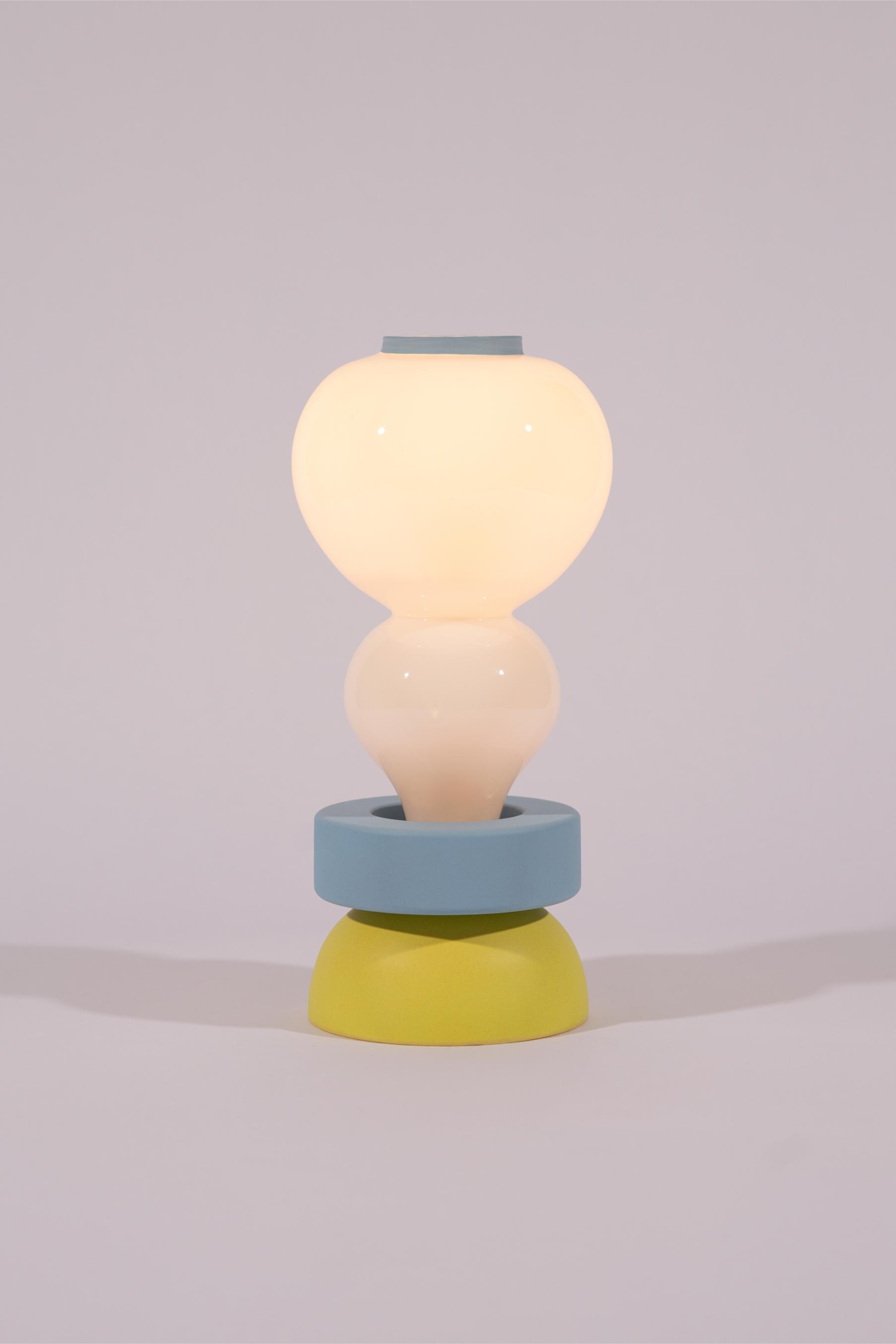
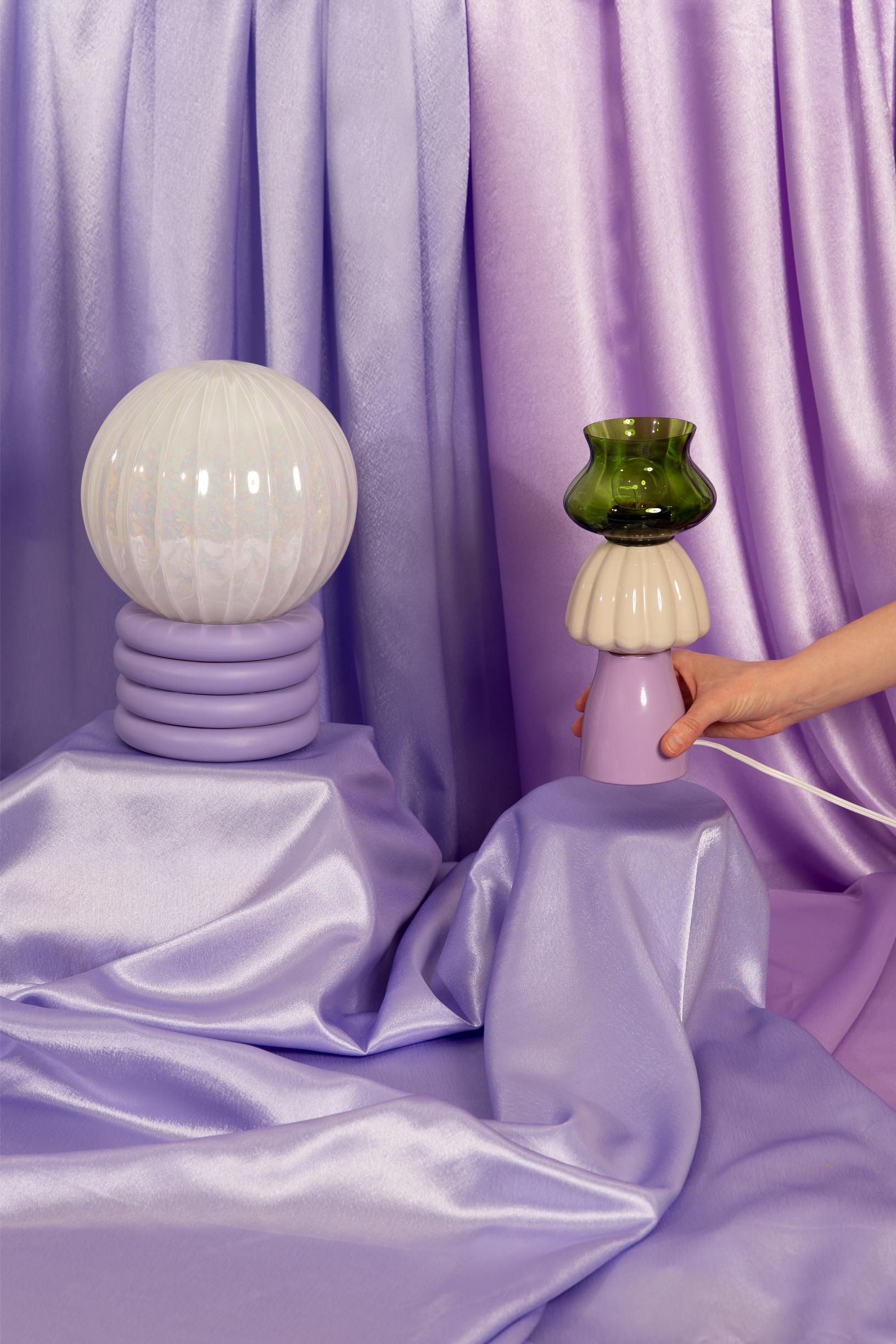
Why are you designing lamps from old, found parts? How do you design new lamps, how do you work, where do you find pieces to create, what do you get inspired by?
I once tried to design a lamp from nothing, from my head, and it didn’t work at all. I don’t know how people do it, they start with a white paper. I don’t believe in white paper, I believe that everything around us is raw material for creation and that it always starts from an impression, an experience, a reference. My starting point are objects I find in thrift stores, on the street, on eBay, and collect in the studio. Then I draw them for a long time, turn them over, compose them. The less attractive they are (for example, a dog grinder), the more interesting they are for me to work with.
Who do you collaborate with in your work, who is by your side?
Since I use a wide variety of materials, this work includes electrical, carpentry, glassmaking and classical sculpting skills, so that in Belgrade, as well as now in New York, I found people with these skills and I am constantly learning from them. Currently, I mostly collaborate with the Sarajevo artist Nebojša Šerić, who moved here two decades ago, and whom I met quite by chance.
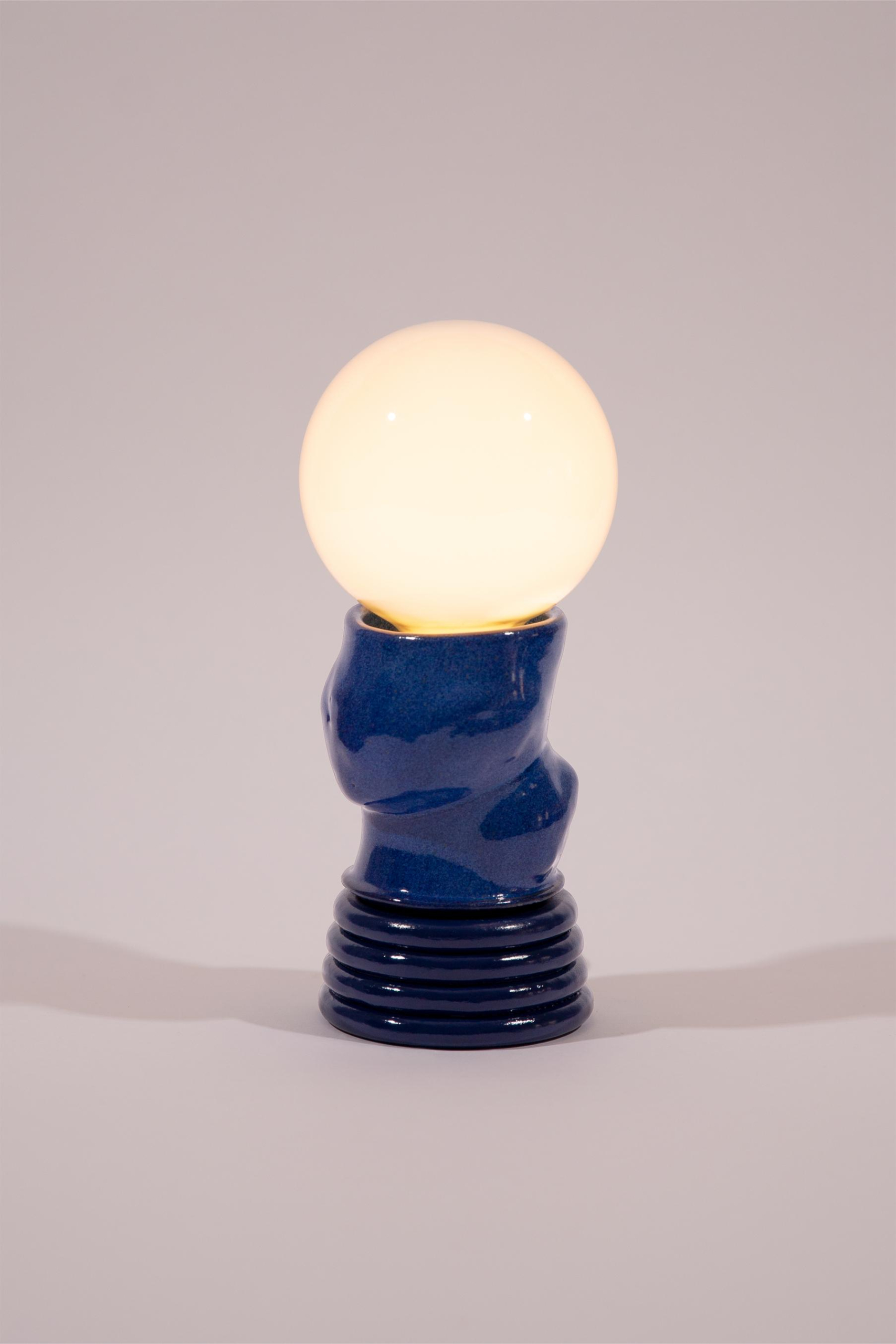
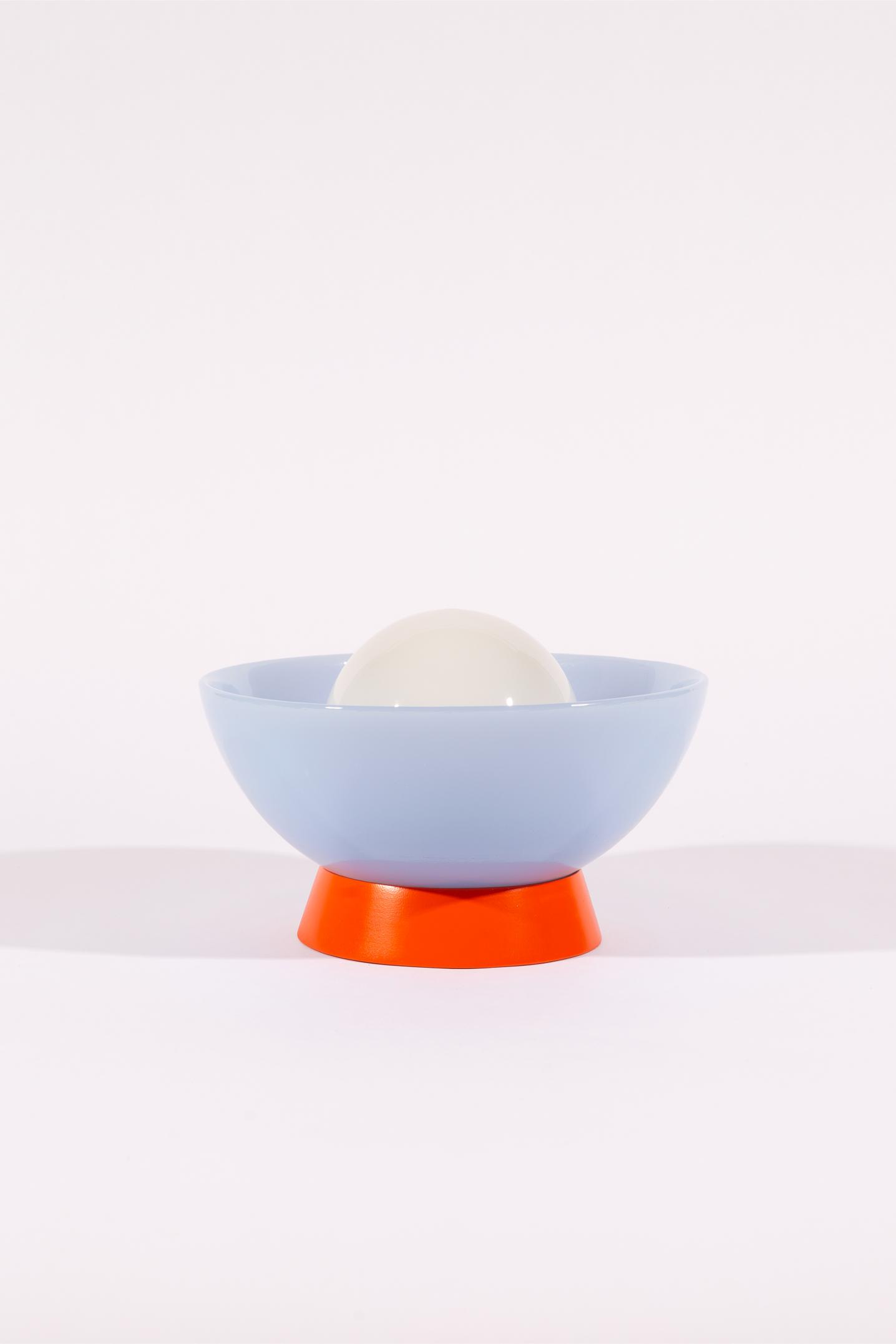
Your lamps are somewhere on the border between sculpture, useful design, retro aesthetics and, above all, reflection of the upcyle/reuse philosophy and worldview, that is, they combine all of that.
Yes. They also belong to the sphere of collectible design – collector’s items, since (for now) they are exclusively unique.
How often are new pieces created, how do you create collections, or are pieces created individually one by one?
That’s a great question. I think people who make or create anything often have problems with continuity and consistency. I usually work on dozens of pieces in parallel, then for a year on none. This also makes sense because I divide the work by type of work: work on all the glass elements, then work on all the wooden elements, and only later assemble the individual pieces and connect the electricity.
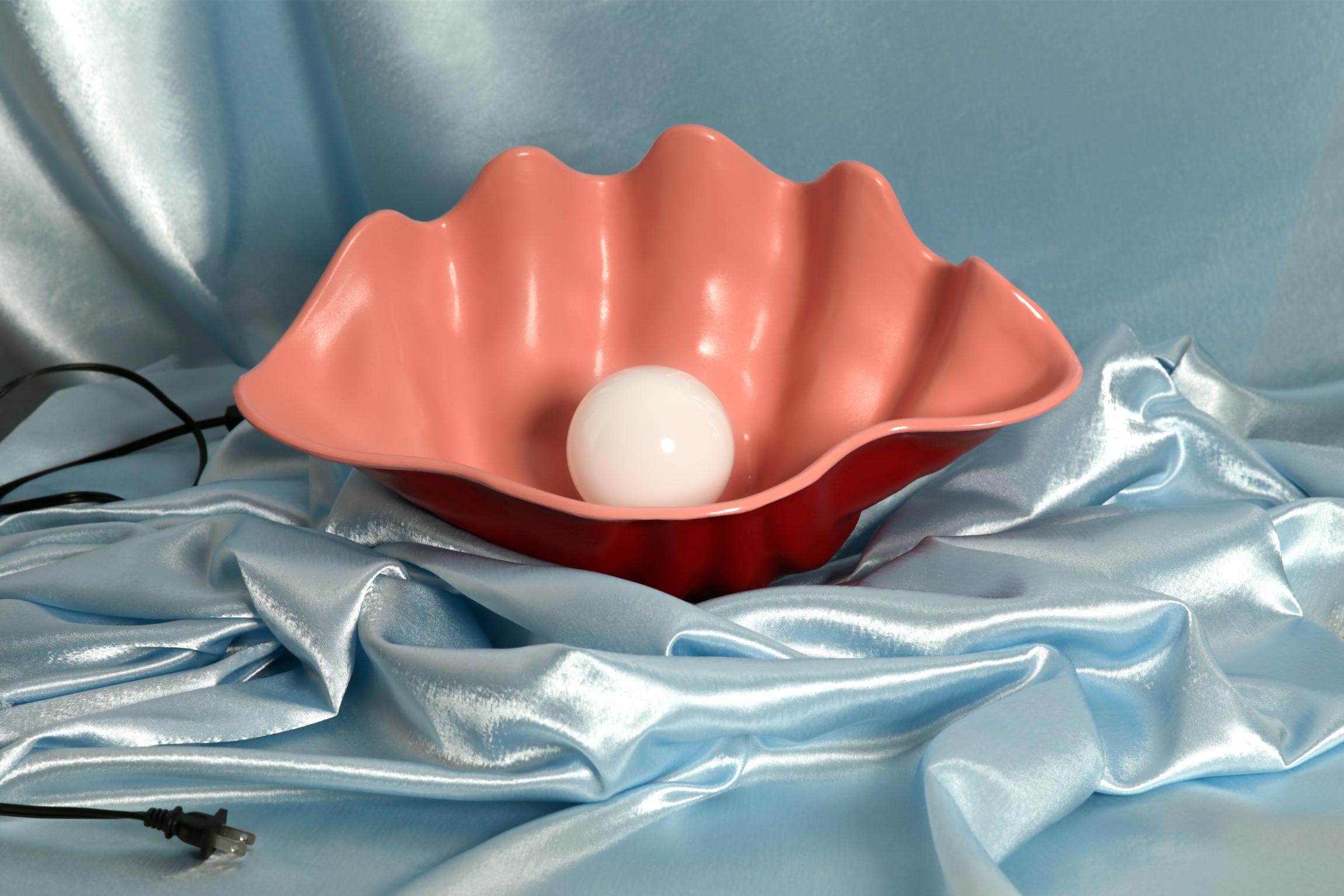
Your time is divided between New York and Belgrade, tell me what is happening where for you, how often do you come to both of these places? What is New York like to you?
I come to Belgrade less often than I would like. New York is intense and rough, but the people are wonderful. That’s why I stayed here, for now.
What are you currently working on and what is the easiest way to get to your lamps?
Nusprodukt lamps are currently available on the 1stDibs online platform, at the Urban Glass gallery, and at Casa Ziki and Designers Collab stores in Brooklyn. I am currently working in the studio almost every day, we are finishing a large collection of unique pieces in partnership with a poet from Los Angeles—poetry and lighting! This will make online and Instagram sales more transparent. In parallel, we are also developing models that will go in small series. I also hope for cooperation with artists and companies in our region.
I really like your paradigm; the practice of searching for the sublime within the banality of the everyday material environment, which suggests – to be surrounded by beauty we may not need a new world but a fresh pair of eyes.
In some of the previous collections, I used plastic dishes from the store Everything for 99 dinars , and at one time I found detergent or shampoo bottles extremely inspiring because, when you think about it, they are mostly in the shape and size of archaic Venuses, prehistoric female deities. I like to think that seeing something as beautiful is a matter of decision. When something is valuable because we ourselves labeled it as such, it is quite a powerful feeling.
